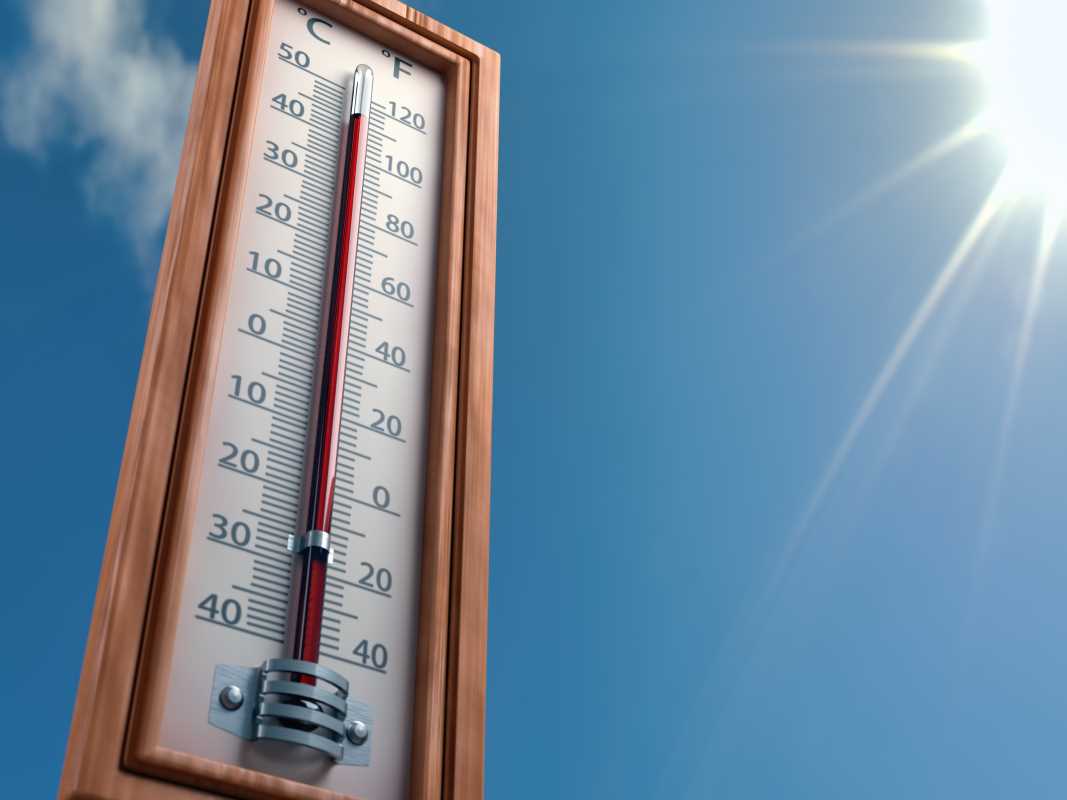Living in extreme climates—whether characterized by intense cold or scorching heat—presents unique challenges to human health. These climates, found in regions with extremely high or low temperatures, can have immediate and long-term effects on individuals' physical and mental well-being. While some populations adapt more to these conditions, the health risks remain significant, and individuals living in extreme climates must take special precautions to protect their health. This article explores the health impacts of extreme cold and heat, the mechanisms behind these effects, and how individuals and communities can mitigate the risks.
Health Impacts of Extreme Cold
In regions where temperatures regularly fall below freezing, individuals face various health risks associated with cold exposure. These impacts can vary from mild discomfort to life-threatening conditions, particularly for vulnerable populations such as the elderly, young children, and those with pre-existing health conditions.
Key Health Risks of Extreme Cold:
- Hypothermia: This occurs when the body’s core temperature drops to dangerously low levels, typically below 95°F (35°C). Prolonged exposure to cold weather, especially if one is wet or dressed in insufficient clothing, can lead to hypothermia, which can result in confusion, drowsiness, and even death if untreated.
- Frostbite: Frostbite is the freezing of skin and underlying tissues, typically affecting extremities such as fingers, toes, ears, and the nose. Early signs include numbness and a pale or waxy appearance of the skin. If left untreated, frostbite can cause permanent tissue damage, and in severe cases, amputations may be necessary.
- Respiratory Issues: In cold climates, the air tends to be drier, which can lead to dry, irritated airways and exacerbate pre-existing respiratory conditions such as asthma or chronic obstructive pulmonary disease (COPD). Cold, dry air can also increase the risk of respiratory infections.
- Cardiovascular Strain: Cold temperatures can cause blood vessels to constrict, increasing the strain on the heart. This can be particularly dangerous for individuals with heart disease, as it can trigger heart attacks or other cardiovascular events.
- Seasonal Affective Disorder (SAD): In areas where winter days are short and sunlight is limited, many individuals experience seasonal affective disorder, a form of depression linked to the lack of natural sunlight. This can result in fatigue, irritability, and a general decline in mood and energy levels.
Preventive Measures:
- Wearing multiple layers of warm clothing, including insulated gloves, hats, and boots, can prevent frostbite and hypothermia.
- Taking breaks in warm environments and limiting exposure to the cold can help mitigate the risk of hypothermia and frostbite.
- Using humidifiers in the home can combat the dry air and help alleviate respiratory discomfort.
- Regular cardiovascular exercise helps the body acclimate to colder temperatures and improves circulation, reducing the strain on the heart.
Health Impacts of Extreme Heat
On the other end of the spectrum, living in extreme heat can lead to a range of equally concerning health challenges. High temperatures can exacerbate pre-existing health issues and lead to a range of heat-related illnesses. With global temperatures rising due to climate change, more regions are experiencing extreme heat waves, which puts additional pressure on health systems.
Key Health Risks of Extreme Heat:
- Heat Exhaustion: Prolonged exposure to high temperatures, particularly when combined with physical activity, can lead to heat exhaustion. Symptoms include heavy sweating, weakness, dizziness, nausea, and headaches. Heat exhaustion can progress to heat stroke if not treated promptly.
- Heat Stroke: This is a life-threatening condition where the body’s core temperature rises above 104°F (40°C), causing the body’s cooling mechanisms to fail. Heat stroke requires immediate medical attention and can lead to organ failure, brain damage, or death if untreated.
- Dehydration: In hot climates, the body loses water and electrolytes through sweat, which can quickly lead to dehydration. Dehydration can cause fatigue, dizziness, confusion, and decreased physical performance. In extreme cases, it can lead to kidney failure.
- Respiratory Problems: Hot climates, especially those with high levels of air pollution, can exacerbate respiratory conditions like asthma, chronic bronchitis, and emphysema. Hot air can also cause airway inflammation, leading to shortness of breath and chest tightness.
- Exacerbation of Pre-existing Conditions: Extreme heat can worsen cardiovascular diseases, increase the risk of stroke, and raise blood pressure. People with diabetes may also experience more frequent complications due to heat.
Preventive Measures:
- Staying hydrated by drinking water regularly, even when not thirsty, can prevent dehydration. Avoiding alcohol and caffeine, which can promote dehydration, is also important.
- Wearing loose, light-colored clothing and using fans or air conditioning can help regulate body temperature.
- Taking breaks in shaded or air-conditioned environments and avoiding strenuous activities during the hottest parts of the day are crucial in preventing heat exhaustion and heat stroke.
- Installing air conditioning or seeking shelter in public cooling centers during extreme heat events can protect vulnerable populations, particularly the elderly and young children.
Vulnerable Populations
Certain populations are at a higher risk of suffering from the health impacts of extreme climates. These groups require additional attention and targeted interventions to ensure their safety and well-being.
Vulnerable Populations Include:
- The Elderly: Older adults may have a reduced ability to regulate body temperature and may have underlying health conditions that make them more susceptible to both cold and heat-related illnesses.
- Infants and Young Children: Children’s bodies are less efficient at adapting to extreme temperatures, making them more vulnerable to heat-related illnesses or cold-related health problems.
- Low-Income Communities: Poor individuals may lack access to the resources necessary to protect themselves from extreme temperatures, such as air conditioning in hot climates or proper winter clothing in cold regions.
- People with Pre-existing Health Conditions: Individuals with chronic illnesses, such as heart disease, diabetes, or respiratory issues, are more susceptible to the negative effects of extreme heat or cold.
Adaptation and Resilience Strategies
Living in extreme climates requires individual and community-level adaptation strategies and resilience. These strategies focus on improving the infrastructure and social systems to protect vulnerable populations from extreme weather events.
Adaptation Strategies:
- Urban Planning: In hot climates, creating green spaces, planting trees, and implementing reflective roofing materials can reduce urban heat islands and lower local temperatures. In colder regions, ensuring that homes are properly insulated can prevent the harmful effects of extreme cold.
- Public Health Initiatives: Governments and health organizations should provide resources and guidance to communities living in extreme climates, such as access to cooling centers during heat waves or shelters in cold weather. Public health campaigns can educate individuals on the risks of extreme temperatures and how to stay safe.
- Improved Healthcare Infrastructure: Expanding healthcare services in extreme climates ensures that individuals have access to treatment for heat and cold-related illnesses when they arise. This includes increasing the capacity of emergency medical services to handle heat strokes or hypothermic patients and ensuring that medical supplies are available.
The health impacts of living in extreme climates are multifaceted and demand attention from individuals, communities, and governments. Whether in cold or intense heat, extreme climates pose significant risks to human health. However, with proper adaptation strategies, awareness, and preventive measures, the negative impacts on health can be mitigated, improving the quality of life for those living in these challenging environments. As climate change continues to alter global weather patterns, addressing the health risks of extreme climates will become even more critical to protecting vulnerable populations and ensuring long-term public health.







